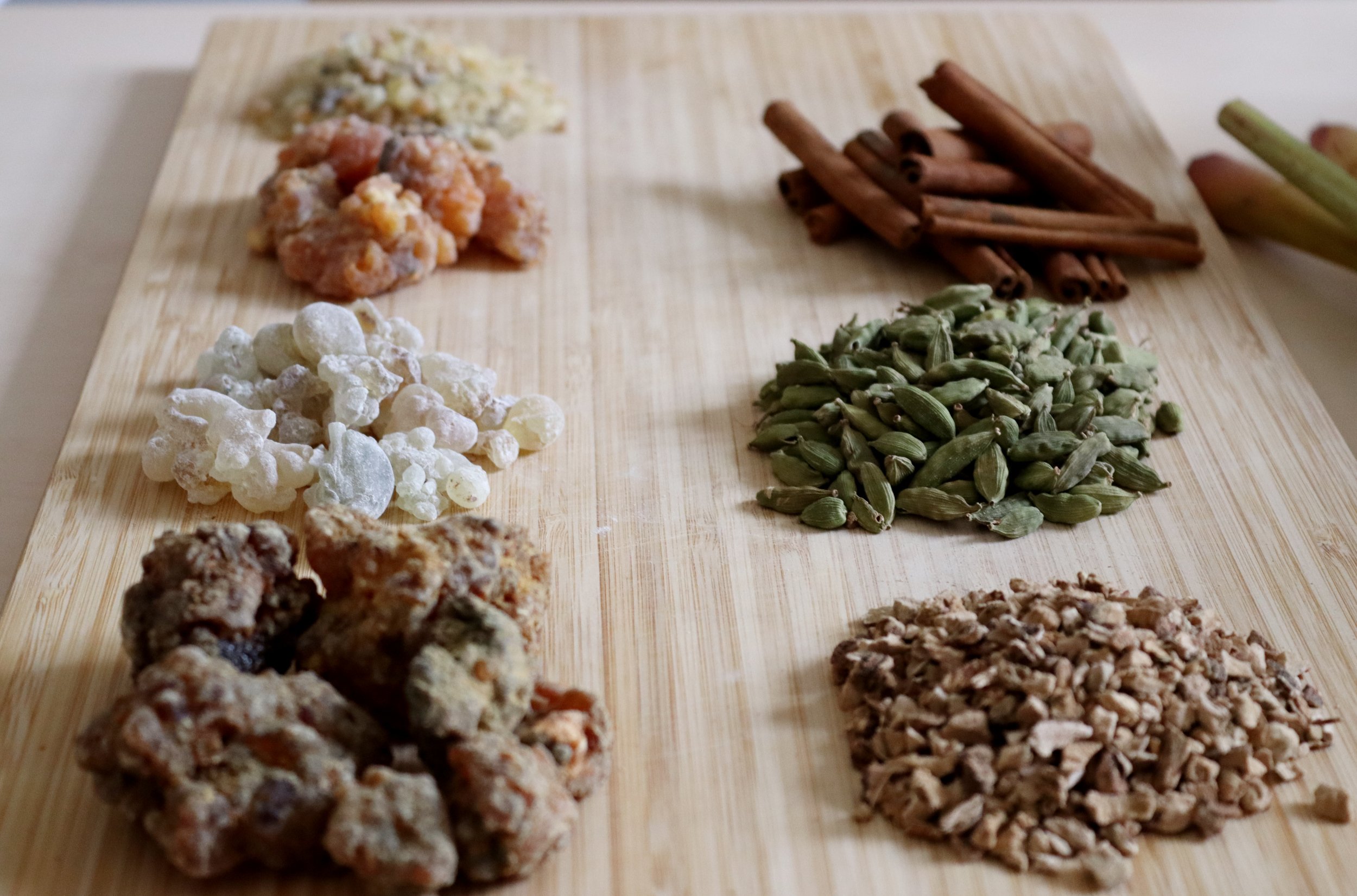We are an international team of philosophers, historians and scientists exploring the complexity and chemistry of perfumery in Ancient Egypt and Ancient Greece.
Our project seeks to deepen our understanding of the olfactory heritage of the ancient Mediterranean world by exploring the connections between art, craft and science in ancient Egypt and ancient Greece. We focus on the time between the occupation of Egypt by Alexander the Great and the death of the last Ptolemaic ruler, Cleopatra VII (332–30 BCE).
The project’s team of historians, Egyptologists, philologists and organic chemists are experimentally replicating the recipes of five Greco-Egyptian perfumes. Through these experiments, we examine how the quest to extract, concentrate, compound and preserve the essences of plants influenced science, medicine, art and culture in the ancient world and today.
Newest Publications
Antu tree from the Laboratory of the Temple of Repyt at Athribis.
“The Antu-List Reconsidered: A Synoptic Reading of Edfu and Athribis Scented Material” by Heike Wilde, Diana Míčková, Martin Pehal and Sean Coughlin examines parallel inscriptions found in the temples of Edfu and Athribis, which are believed to list various types of myrrh. Central to these inscriptions is the term antu, posited as a categorical descriptor for a group of resins. The paper presents a detailed, synoptic presentation and translation of the inscriptions from both Edfu and Athribis, accompanied by a critical review and analysis of its multiple layers of meaning, encompassing religious, cultic, symbolic, and linguistic dimensions. The investigation serves as a methodological framework for understanding how natural materials were conceptualized and classified in Egyptian textual and cultural contexts.
It is published in the Zeitschrift für Ägyptische Sprache und Altertumskunde, Volume 152 Issue 1.
Experiment with iron gall and blood inks.
“Recipes for Horror in Graeco-Roman Magic and Medicine” by Sean Coughlin explores the use of myrrh and blood in magical ink recipes and explores what role these ingredients may have had.
It is published in the collection Horror in Classical Antiquity and Beyond: Body, Affect, Concepts edited by George Kazantzidis and Chiara Thumiger.
Scent cards accompanying our article.
Our article, “The perfumer’s garden: scent and well-being in some Greek and Roman sources,” is out in Studies in the History of Gardens & Designed Landscapes.
In collaboration with Klara Ravat of Smell Lab Berlin, Laura Prieto and Sean Coughlin produced a scratch-and-sniff card to accompany the article. You can read about the process and its inspiration from Odeuropa.
To get your nose on the card, check out the print version of the journal at your local library, or write to us.










